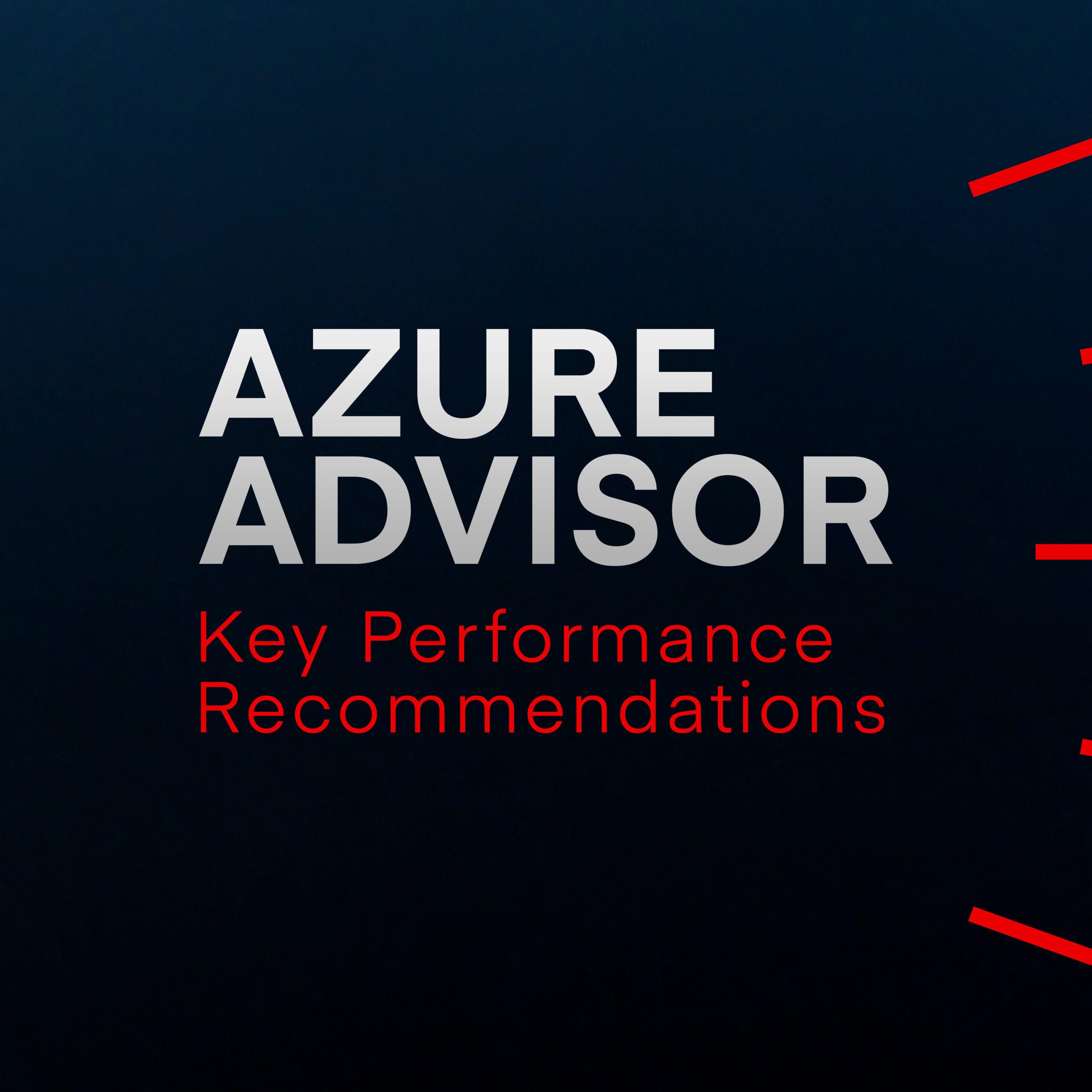Here are the five key steps and best practices for platform engineering Elliott outlined in our webinar:
-
Audit your bottlenecks
Where are developers waiting today? Where are Ops firefighting?
Start by understanding where the friction points are in your current processes:
- Identify which processes take the longest between request and delivery
- Look for services that developers frequently need but struggle to get quickly
- Track where your operations team spends most of their time fixing issues rather than creating value
As Elliott advised: “Audit where you’re currently being slowed down. So within your business, where’s the issue?”
-
Define your platform engineering golden paths
Pick 2-3 standardised templates (e.g., dev environments, SQL databases, app stacks) and lock in your best practices.
“Don’t try and template everything,” Elliott cautioned. “Go and choose the two or three things that get done all the time… Choose one of those, and then go: ‘Okay. What does ‘good’ look like?’”
This step is about creating a clear definition of how resources should look like in your environment: properly configured, secure, and compliant. Start small, focusing on the most common needs first.
-
Build your service catalogue MVP
Now, you’ll want to wrap those golden paths into a simple self-service portal or pipeline trigger.
Make them accessible to developers through:
- Templates in the Azure Portal
- Infrastructure as Code modules
- A custom developer portal for larger organisations
During the webinar, Elliott demonstrated how this approach simplifies deployment, showing an example where developers could create a complex infrastructure component with just a few lines of code rather than building everything from scratch. The result is dramatically reduced effort while maintaining consistency and security.
-
Bake policy into your pipelines
Add cost, security, and compliance checks into the CI/CD flow, shifting governance left (earlier in the development process). This means finding and fixing issues when they’re cheapest and easiest to address, reducing risk without slowing down your developers.
The true power of Platform Engineering emerges when policy becomes part of the deployment process itself. Integrating governance directly into your pipelines, you can catch issues before they reach production rather than after they’ve caused problems. This practice means you can automate approval workflows that previously required manual intervention, sending notifications through email or Teams when human review is needed.
You’ll also be able to implement cost controls that prevent budget overruns and enforce compliance requirements consistently across all deployments.
-
Surface feedback in real-time
Set up dashboards, alerts, and policy feedback that land in the tools devs already use (e.g. PRs, Slack, Teams or Azure DevOps).
Creating this feedback loop makes sure that you have continuous improvement throughout. Developers see issues early in their workflow, platform teams get visibility into usage patterns, and security teams can monitor compliance in real-time. With this process, you’ll have everyone working from the same information.
“If you’re pushing that out to teams channels or teams chats,” Elliott suggests, “that’s quite a good way to get visual indication of what’s going on.”
Platform Engineering can be seen as an iterative journey. You don’t need to perfect all five steps before seeing value – even implementing the first two steps can significantly improve your developer experience and operational efficiency.





